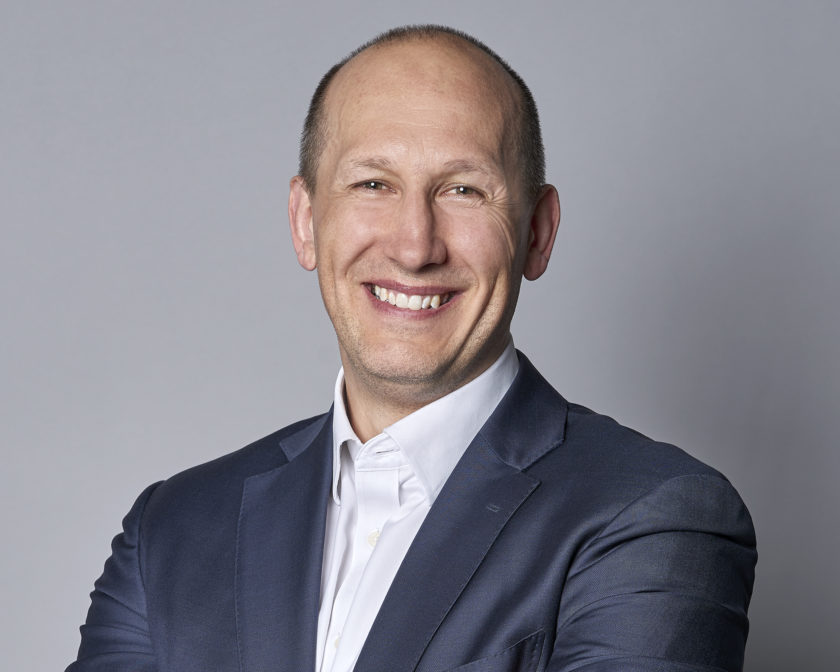The wealth management industry needs to review its operating models as costs come under pressure. It’s the human touch which is the differentiator, argues Matt Lonsdale, relationship manager at BNY Mellon’s Pershing
Price compression has arrived in the wealth industry. The past six months has seen two large well-known US firms significantly up the ante in the UK, leaving smaller wealth firms with question marks over how best to respond.
Both firms are seeking to bring down investor fees— by either making a move to zero fees for the execution of US equities, ETFs and options – or by focusing on the financial adviser marketplace, having spent years going head-to-head with the higher-cost managers in the asset management space.
So where does the market go from here?
As prices compress, wealth firms would do well to consider Warren Buffet’s ‘economic moat’ concept – the ability of a business to maintain advantages over competitors in order to protect its long-term profits and market share.
Both US firms have used a low-cost strategy, which they have continually leveraged as they have grown, and so clearly the challenge to wealth management firms now is how do you compete with low cost models and still grow the business.
Much of the UK private client sector provides high levels of personal service which have historically carried a premium. But personal service and charm alone may be insufficient to warrant the difference between a wealth firm charging 1.25% for planning and investment management, or charging 30bps for financial advice, investment management and custody.
If the personal service premium is eroded, firms will need to look deeper into their operating model to find enhancements and efficiencies which allow them to reduce the cost of doing business – or to do more business without markedly increasing their operational costs.
Technology innovation is a natural opportunity. Upgrading the underlying infrastructure and putting in place new operating systems will undoubtedly help firms operate more efficiently and at a larger scale. But investing in technology is not a quick hit or a cheap exercise, and the benefits are limited if change means simply arming existing employees with new technology.
The human touch is the differentiator
The cost of employing people is often one of the highest costs in any business, albeit people are the business’s most valuable asset. And as we have seen through the travails of the many struggling robo-advisers, private clients aren’t warm to the idea of removing the human touch completely.
Making best use of their budget leaves financial firms with the less extreme, but the highly effective option of reallocation of human capital allowing them to invest in the right core skills that make a difference to the business, i.e. increasing the number of ‘revenue generating roles’ roles – such as investment managers and financial planner – which creates a more effective commercial model, where service still carries the appropriate premium and the complex operational functions are outsourced to specialist providers.






























